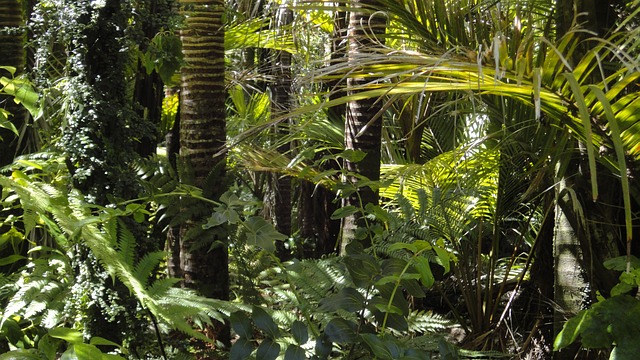Category: Geography
-
Africa Facts for Kids | 10 Stunning Facts about Africa
Africa is by far one of the most fascinating continents out there, thanks to its diverse landscapes and stunning nature. This continent is also known as “the Cradle of Humankind”. Not only is Africa the place where all humans originated from, but it is also the home of the first great civilizations on Earth, the…
Written by
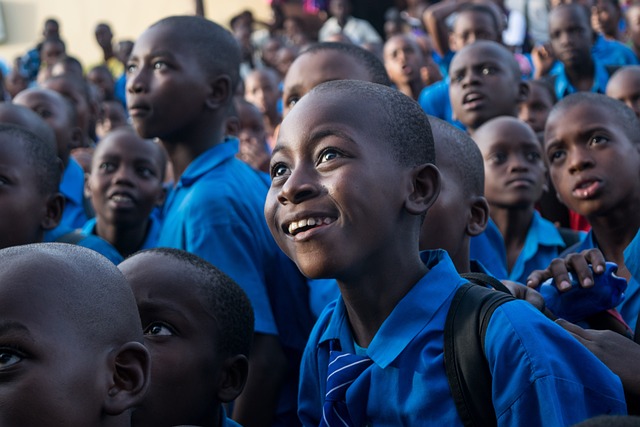
-
Tornado Facts for Kids | Amazing Information about Tornado
Tornadoes are one of the planet’s most photogenic natural disasters. As if displaying Mother Nature’s fury, tornadoes are strong wind cyclones caused by the difference of air temperature, pressure and electric charge. Causing deaths of 553 persons in 2013, the disaster is a highly impulsive natural phenomenon. Youngsters will find facts confirmed by Meteorologists on…
Written by

-
Big Ben Facts for Kids | Exciting 8 Facts about Clock Tower
London has many landmarks, but none is more popular than the Big Ben. This clock tower is probably the most prominent and well known attraction in not only London, but England as well. Its history and Victorian structure attracts millions of tourists every year. It is located on the side of the House of Parliament…
Written by

-
Mount Everest Facts For Kids – The Highest Mountain in the World
The world has just celebrated 60th anniversary since the time when Mount Everest was first climbed. Mount Everest is called the ‘roof of the earth’ as it is situated in the highest mountainous ranges of the earth. The Himalayas range runs along 1,500 miles (2,400 km) and it adds in many world’s tallest peaks in…
Written by
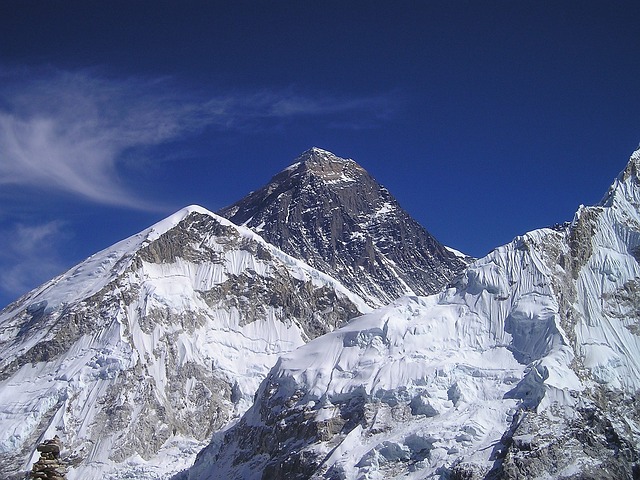
-
Niagara Falls Facts For Kids – The Three Waterfalls
You shall enjoy all these amazing Niagara Falls facts as you’re about to discover that the Falls is not only a city but a personification of a natural wonder. Niagara Falls is a combined name for three waterfalls that lies between New York and Ontario, a Canadian province. These three waterfalls are Horseshoe Falls, American…
Written by
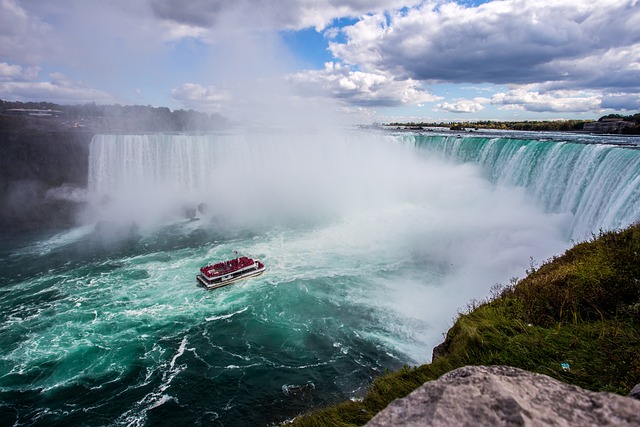
-
Desert Facts For Kids
Desert Facts For Kids A desert is simply that part of the land which is dry and barren and that considerably lacks vegetation bearing low amount of vegetation. The water is lost in these regions through the process called evapotranspiration instead of falling as precipitation. The desert-dwelling plants are specifically adapted to such a little…
Written by

-
Global Warming Facts For Kids
Now is the right time to discover the most important global warming facts for kids. The release of carbon dioxide together with other heat-trapping gases (like carbon dioxide and methane) into the earth’s atmosphere gives rise to a phenomenon known as global warming. It so happens that the gases absorb the sun’s heat thereby acting…
Written by
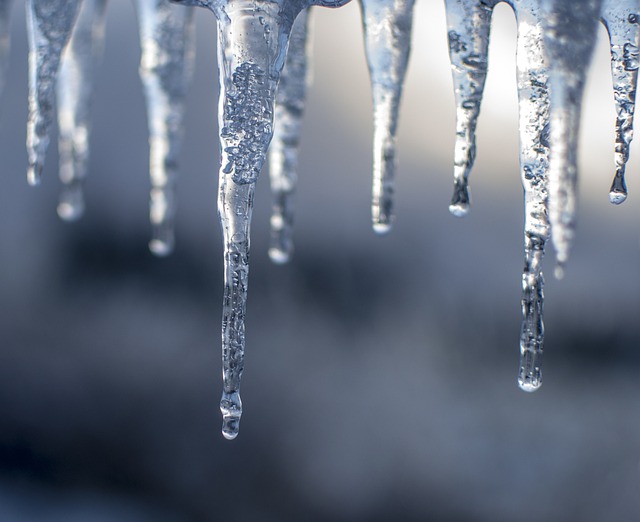
-
Volcano Facts For Kids – Amazing Facts About Volcano
Volcano Facts For Kids Do you know the force at which a volcano goes off is like exploding 1,000,000 nuclear bombing? The temperature of a volcanic emission (lava) is very hot and is about 2,200oF. There is a coast in Hawaii that has green sand which was made as a result of collision with a…
Written by
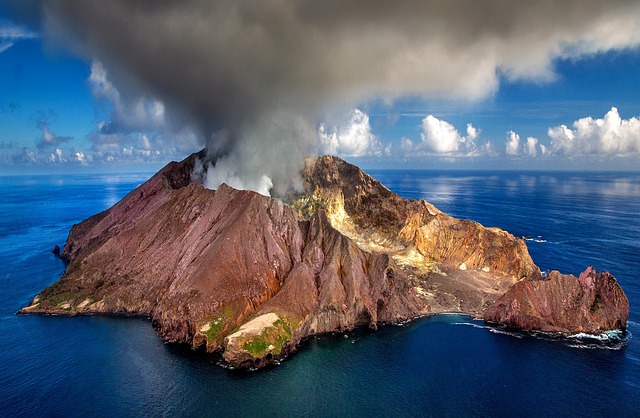
-
Hurricane Facts For Kids
The name of the word ‘Hurricane’ is derived from the Mayan god’s name called Huracan that was presumed to be in charge of cyclones. The most lethal natural calamity of America occurred in September 1900 when a huge wave measuring twenty feet rushed forward in Galveston (Texas) and swallowing up nearly eight thousand people. The…
Written by
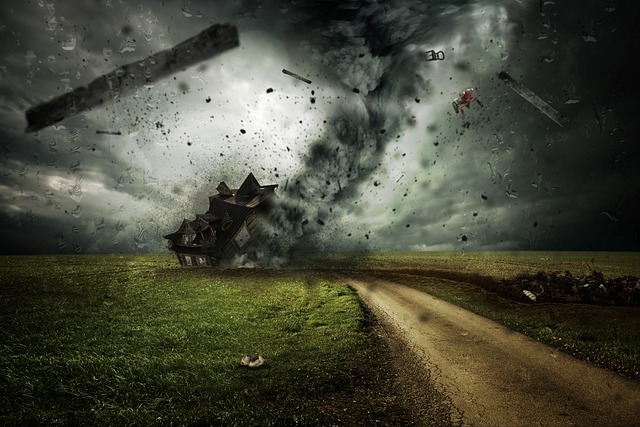
-
Eiffel Tower Facts For Kids
What’s the first thing that grabs your mind when anybody says that he has been to Paris? Eiffel Tower, right? And why not! This grand lattice structure with its towering height and unique design seals the name of Paris amongst the cities having one of the tallest and historical monuments of the world. Designed to…
Written by
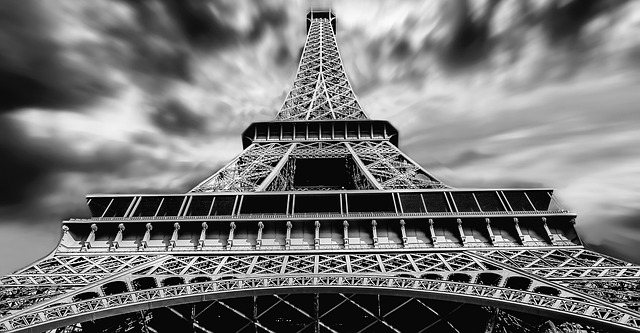
-
Water Facts For Kids | Interesting Facts About Water
Without the presence of water, no living being can survive. So it’s indispensable for any planet to have some kind of water on its surface so that it may bring forth any living creature. That’s why Earth is the only planet in our solar system that has favorable conditions for us to live in as…
Written by
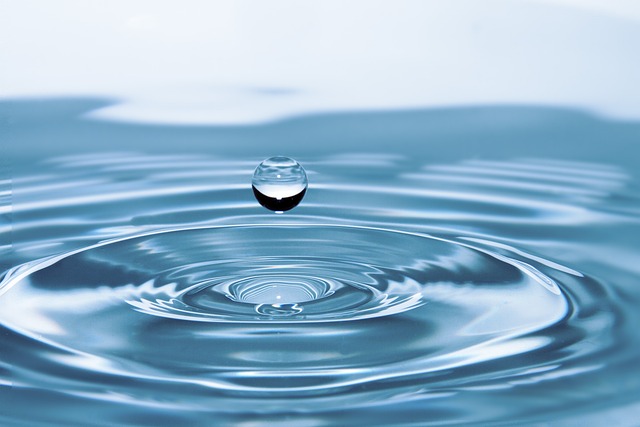
-
Ocean Facts For Kids | Hidden Realities About Oceans
The presence of oceans have made our planet unique from the rest of the planets in our solar system and because of this our Earth’s temperature changes. So we cannot deny the significance of oceans and so let’s discover some of the interesting little things in ocean facts for kids. Ocean Facts For Kids The…
Written by
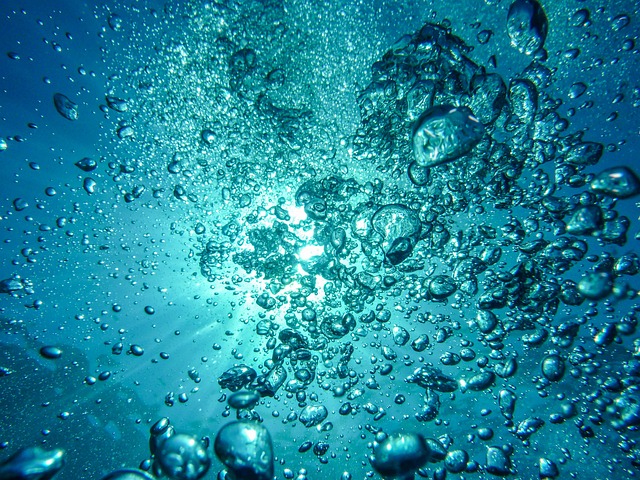
-
Earthquake Facts For Kids | Causes and Classification
What is an Earthquake In general, earthquake refers to any volcanic activity which results in producing seismic waves. When rocks deep inside the earth are caused to experience a lot of stress due to tectonic forces acting on them. As a result of this severe stress, these rocks undergo a change in their shape and…
Written by
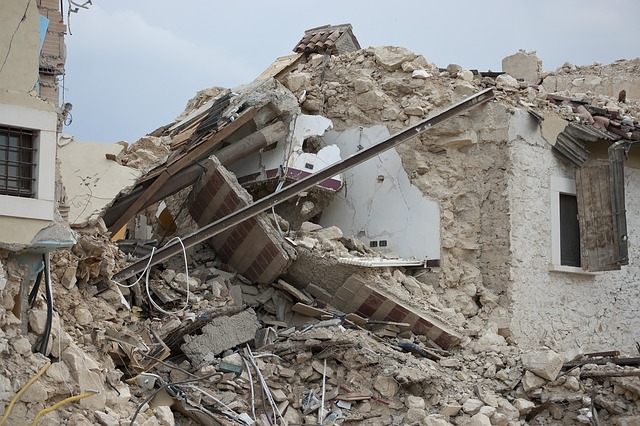
-
Antarctica Facts For Kids | The Only Continent With No Humans
Among the seven continents in the world, Antarctica is a unique continent that is full of ice and snow but there are some fascinating things that you might want to know about it. So let’s discover this magnificent continent through these interesting Antarctica facts for kids. Antarctica Facts For Kids Since there is zero rainfall on Antarctica…
Written by
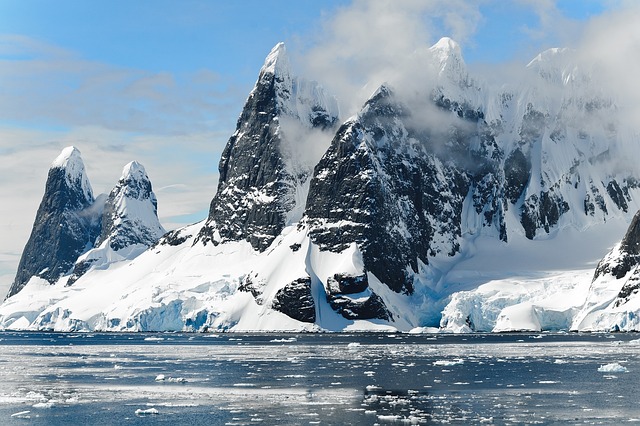
-
Rainforest Facts For Kids | Top 27 Facts
Hi kids! Are you looking for some of the interesting rainforest facts for kids? Yes, then don’t worry because you don’t have to hang around anymore. We’ll discover some of the hidden truths pertaining to the rainforests. To start with, do you know why they are called rainforests? Well, simply because they have maximum quantity…
Written by
